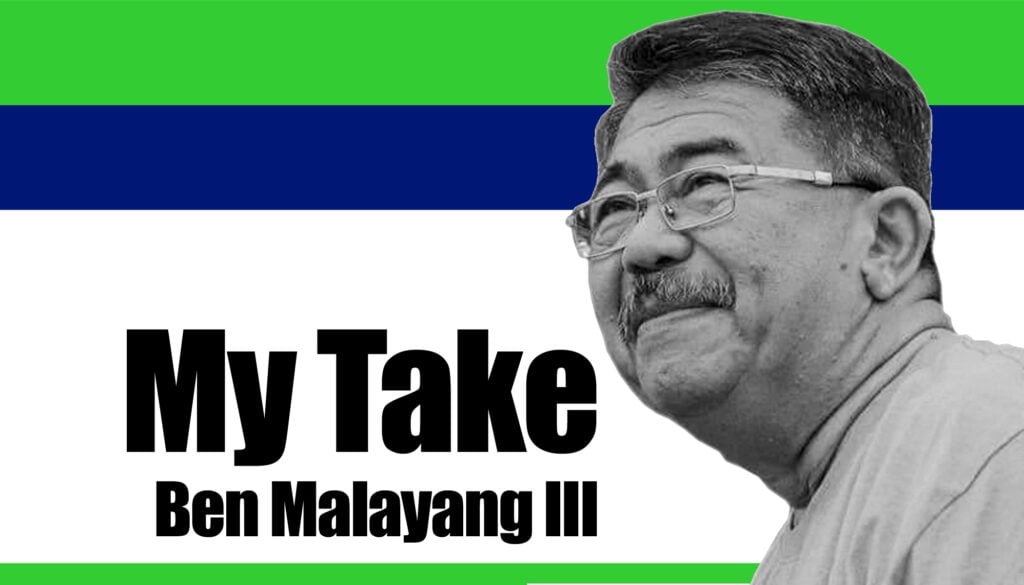
Article XIV Section 4 (1) of the Constitution says that, “The State recognizes the complementary roles of public and private institutions in the educational system and shall exercise reasonable supervision and regulation of all educational institutions.”
But “complementary” is left undefined. The State supervises and regulates both public and private schools but funds only the first, not the second. The law says that it is to assist students and teachers in private schools (RA 6728 of 1998), but it’s done mainly to ease cohort pressures on public schools. It leaves to private schools to make ends meet, that they have sufficient personnel, standard-compliant facilities, and the money to run their operations. It taxes private schools but not public ones.
The reason: government can’t use taxpayers’ money to fund private enterprises.
But if the purpose of education is to build up quality human talents and capacities to benefit society, it seems that private schools are doing this better than public ones. UP and some public schools offering higher, basic, and technical education do offer good to superior education, but it’s private schools that mostly provide quality learning in the country. Check these facts:
10 of the 14 Philippine schools included in the recent Quacquarelli Symonds (QS) World University Rankings are private.
8 of our 10 top Medical Schools in Nov 2020 are private; 5 of 6 in Sept 2021.
In 2019, 8 of our top 10 law schools with at least 63 examinees were private.
5 of 6 of our best engineering schools listed by Interesting Engineering are private.
In 2019, all our top 10 Nursing Schools are private.
We have many good pre-elementary, elementary, and secondary public schools, but nationwide, many more are private. In Metro Manila in 2021, 7 of 10 best High Schools and 6 of 10 best Elementary Schools are private.
For some reasons (probably more complex than simple), private schools seem bearing most of the load of quality education in the country.
When CoViD struck, many private schools were hit hard. Especially the small ones that serve rural communities and learners in difficult circumstances. Many closed and those left are struggling to keep afloat. While there are private schools with good financial footings, the majority teeter on budgetary tightropes without set asides when in crisis.
What’s government doing to make private schools survive the pandemic? Despite efforts by leaders in CHED, DEPED, and TESDA, it can’t do much more than what it’s been able to do before CoViD because it’s still bound to the pre-pandemic regulatory framework of only funding public schools and taxing private schools.
It had enacted RA 10931 that provides tuition assistance to qualified college students in private schools but, so far, it’s implementation reportedly has been slow. There’s also a pending legislation in Congress to extend Government’s current tuition assistance for qualified students in private Junior and Senior High Schools to learners in private elementary schools. It also seeks to extend Government salary support to teachers in private Elementary and Senior High Schools instead of only to those in Junior High School at present. But this is still in the pipeline.
It’d help if existing assistance are disbursed on time, or if Government extends soft loans to distressed private schools. But these seem pipedreams presently.
In short, CoViD nights may be still dark and cold for most private schools.
My take: Quality education serves the country well. It’s a legitimate public interest because – barring its mis-use – good education fosters national development by improving our peoples’ capacities to advance our collective well-being.
The complementation of public and private schools is a fundamental obligation of government, says our Constitution. It must ensure that public and private schools, together, survive the pandemic so that, in tandem, they continue to secure the quality and sufficiency of the educational foundations of our future.
Leaving private schools to fend for themselves in this crisis is a serious policy lapse that could erode the quality of our national educational infrastructure. It’s a lapse that would have grave consequences far into our future.
It’d be like dishing out education with chopsticks, but with only one stick. – NWI




